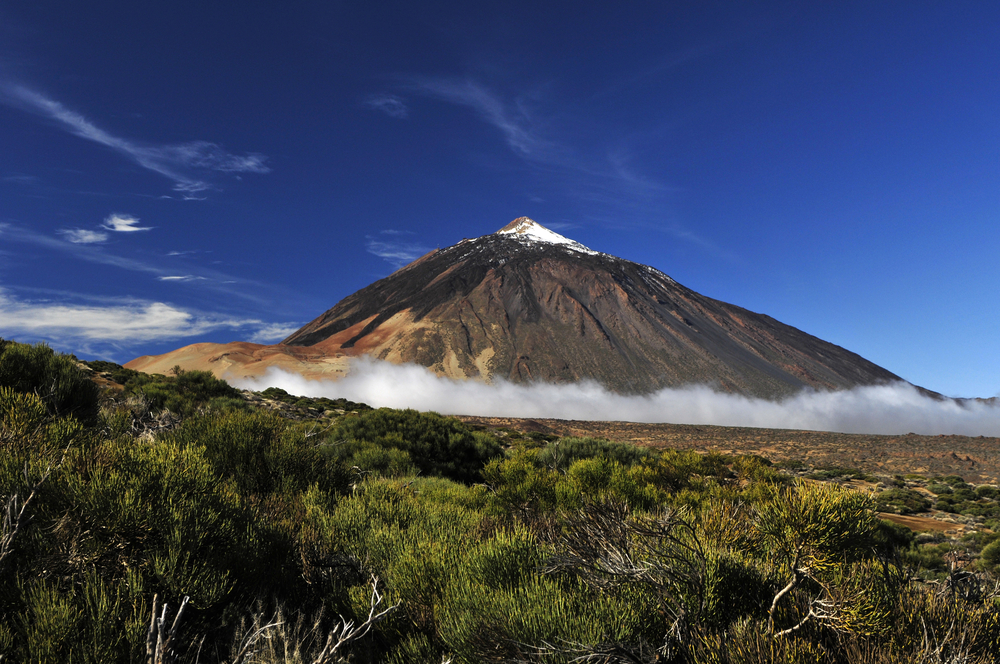Think you know everything about the Canary Islands? Here are seven interesting facts that will surprise you!
6 March, 2018Every corner of Spain has its own particular characteristics, certain aspects that make it special. Whether it’s the culture, the climate or the gastronomy, each of the Spanish autonomous communities is different from all the rest. Today we want to tell you about a very special case, the Canary Islands. Its distance from the Iberian Peninsula and its almost African climate make this archipelago of seven islands a unique destination in Spain, with a number of interesting features worth exploring. Here we give you some of them:
- Of the fifty countries of Europe, only in Spain is coffee grown. And, yes, it’s grown in the Canary Islands. The only coffee-growing region in Europe is found in the Agaete Valley, which has a climate that’s warm and humid enough to produce 1,500 kg of the typical variety.
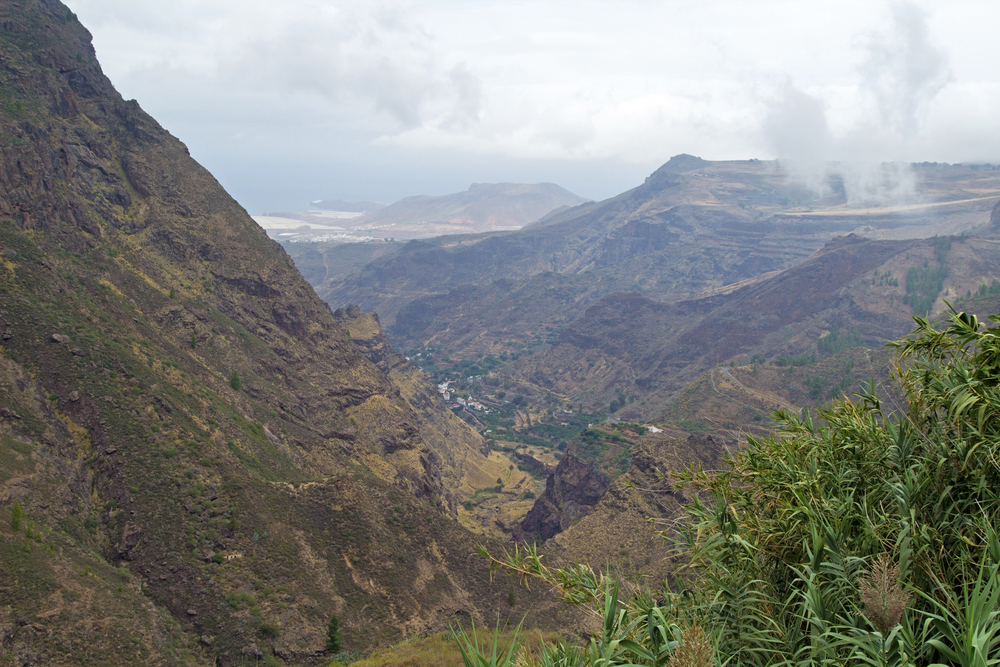
- One hour earlier in the Canaries… since 1900. That was the year the president of the government of the day, Francisco Silvela, proposed a royal decree to Queen María Cristina to unify the time zones of the country. After being approved and presented six days later, the peninsula and the Balearic Islands went on to organise their time zone in relation to the Greenwich prime meridian… but the decree didn’t mention the Canary Islands. Despite the time change in Spain and during the entire 20th century, they have always been one hour behind the peninsula.
- The Drago Milenario, the millenarian dragon tree, one of the most representative symbols of the Canary Islands, is the longest-lived (800 to 1000 years) and largest of its species known to exist in the world. It’s surrounded by a three-hectare park where you can see a wide and varied representation of Canarian flora.
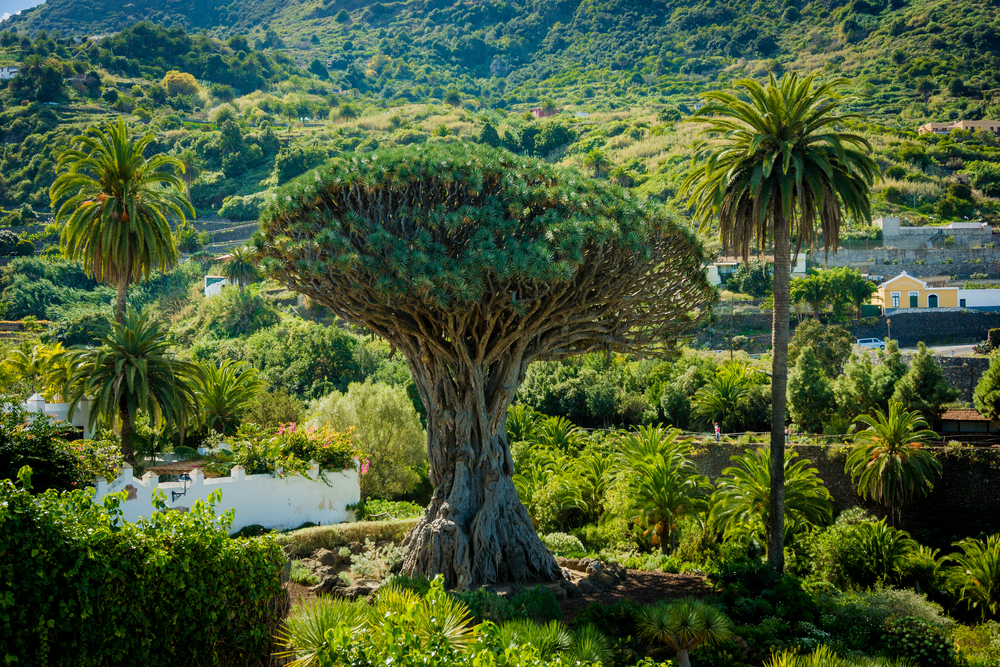
- Following the death of her mother and the traumatic separation from her husband, Agatha Christie felt stuck, blocked, and with no idea what to write and barely any income. Spurred on by her brother-in-law, the writer travelled with her daughter and secretary to Tenerife, where she spent two weeks and started two of her best novels: “The Mysterious Mr Quin” and “The Thirteen Problems” (Miss Marple), set against the landscapes of the islands, when she visited the Canary Islands in 1927.
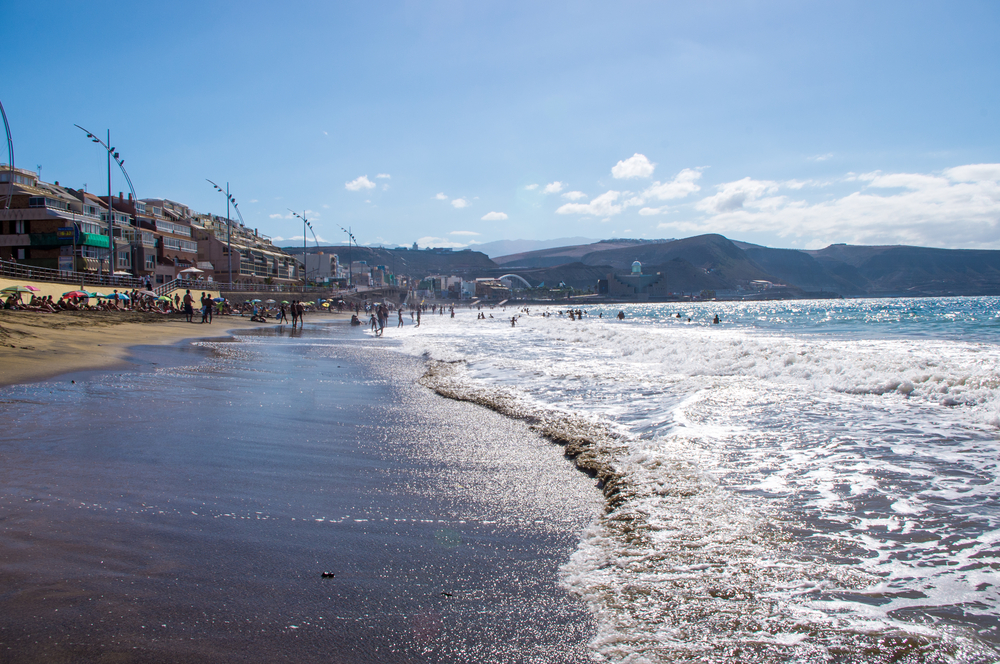
- The origin of the name of the archipelago goes back, according to some, to the times of the Guanches (the native people of the place). The story goes that the Guanches managed to domesticate some medium-size and large dogs and train them to look after herds of sheep and goats. In their confrontations with the native people in the 15th century, the Portuguese and Castilians also had to face these dogs, loyal to the death, which attacked to defend the natives. The islands were named the Canary Islands (Islands of Dogs) because of the presence of those dogs.
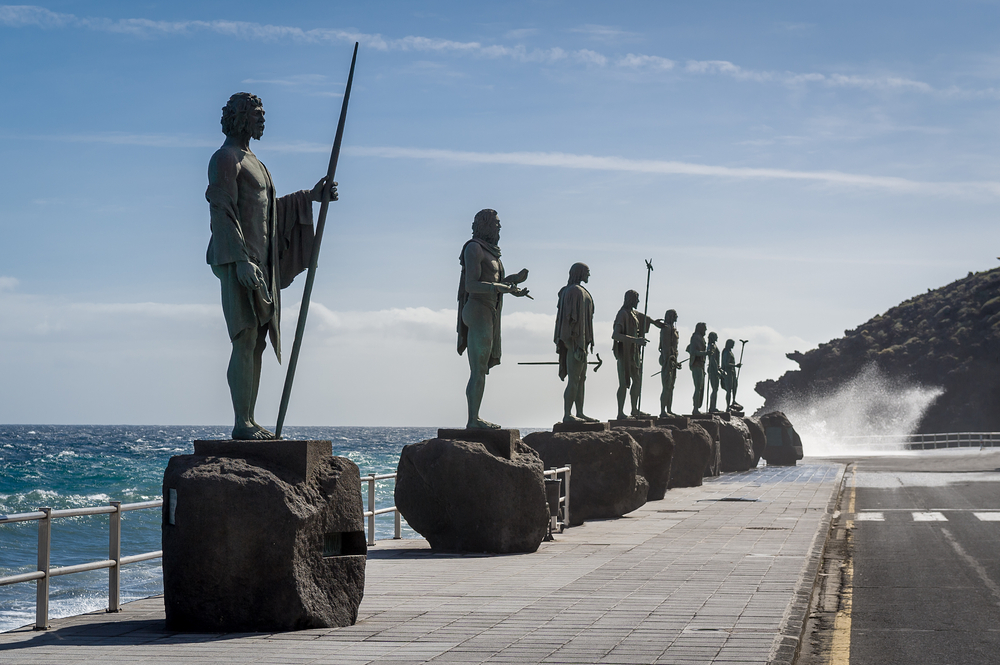
- In La Gomera, one of the seven islands of the archipelago, the shepherds maintain the ancient tradition of communicating in whistles. The Canarian whistle consists of imitating the syllables used in normal speech. By placing their fingers in their mouths, they can emit whistles of different tones that, moreover, can be heard up to three kilometres away.
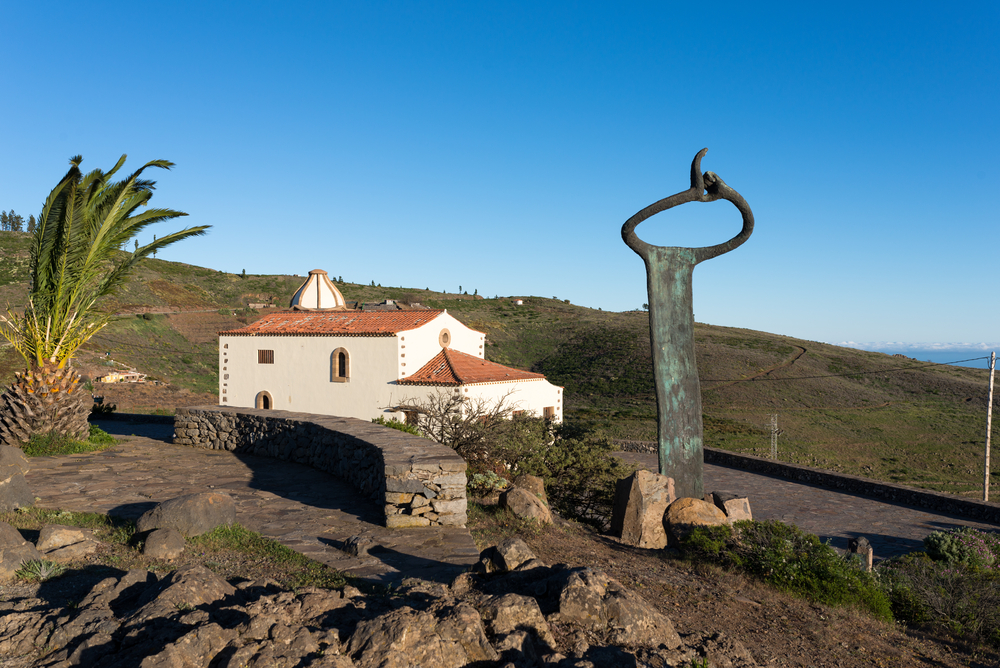
- The “El Diablo” restaurant, located in the Timanfaya National park (Lanzarote), has a unique and different way of cooking its food: it uses the blasts of geothermal heat and steam that still come out of the dormant volcano and rise up through a hole in the ground with a depth of nine metres. Don’t worry, the method has been checked by scientists and volcano experts, who consider it safe for cooking food.
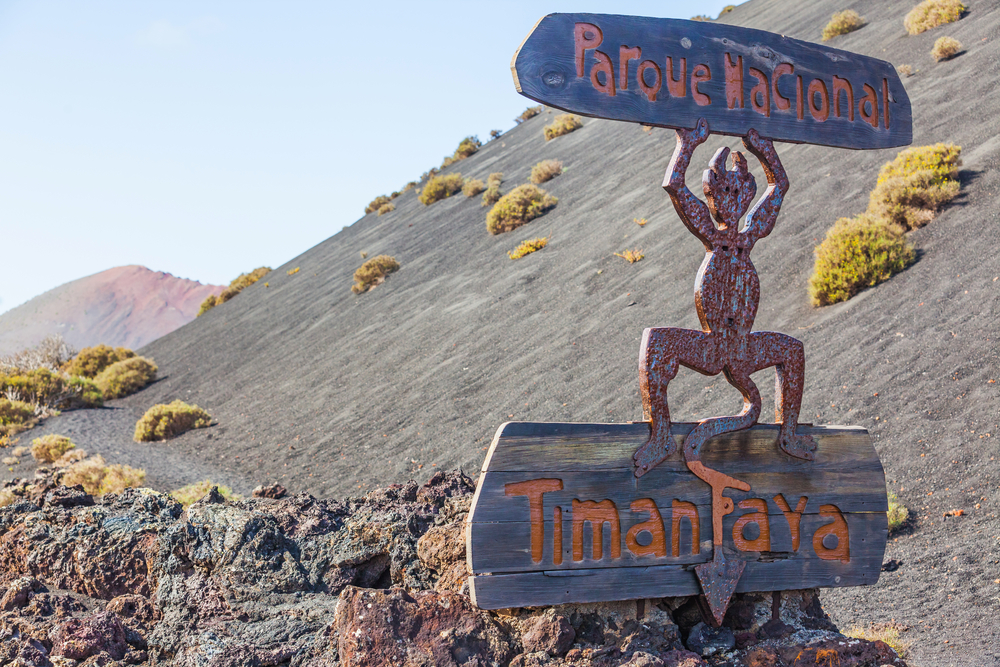
And you, do you know any interesting facts about this very special archipelago? If you do, drop us a line. And if you don’t… why not visit the Canary Islands and discover something new? We’re waiting for you!
